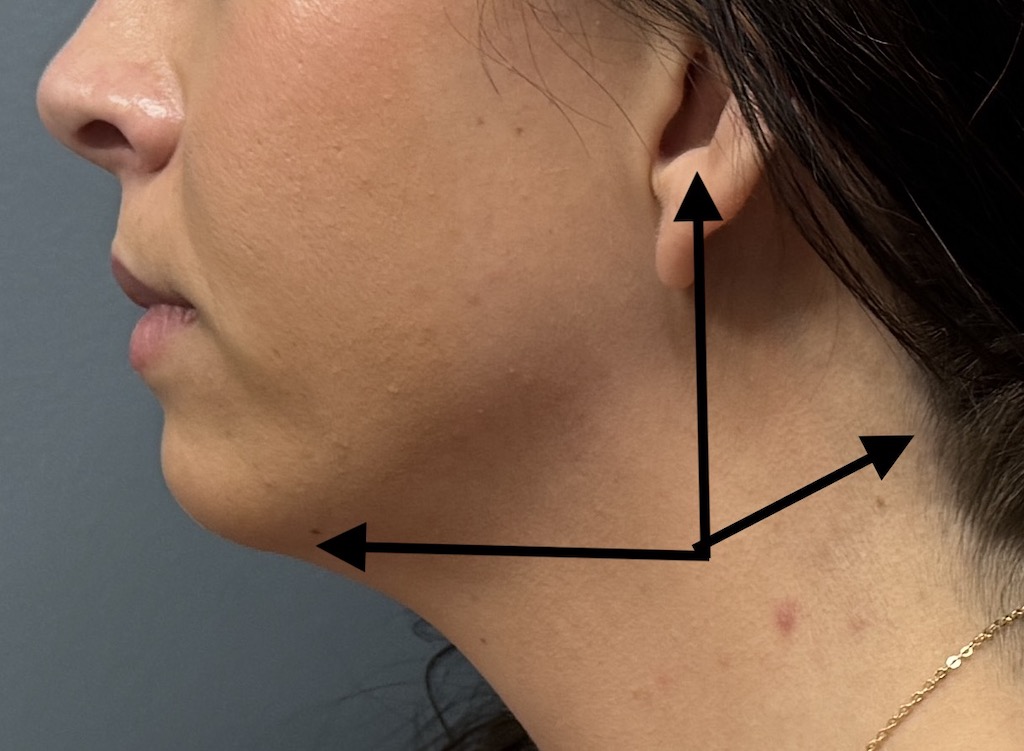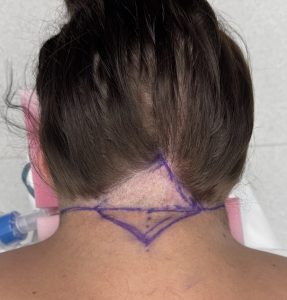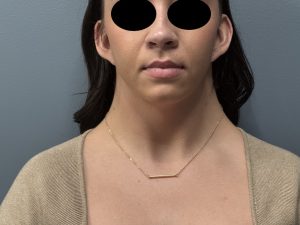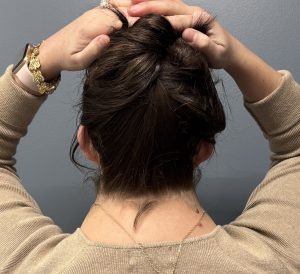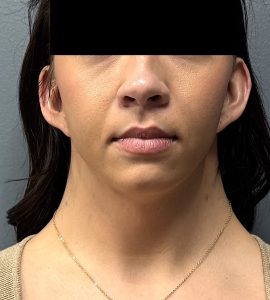Background: The webbed neck is a well known congenital deformity that is associated with many different syndromes and conditions, most notably Turner’s syndrome. Its embryology is not precisely known although it is somewhat simplistically obvious looking at facial development and the migration of the ears upward from the neck at around 7 to 8 weeks in utero. The ears, mandible and neck are all interrelated at this point.
Because of the embryologic proximity it is common to see an elongated ear that sticks out, a short chin and/or submental fullness in many webbed neck patients. This may be most manifest in the Turner’s syndrome patient but there is evidence of it even in less affected mosaic-type patients. This triad of webbed neck deformities can all be treated during the webbed neck surgery although the intraoperative positioning must change to do so.
Case Study: This adult female (non-Turner’s) desired to have her neck webs reduced. At the same time she wanted her ears setback, which were long, but their increased length was not a concern to her. Lastly she had good chin projection but an obtuse cervicomental angle. (submental fullness)
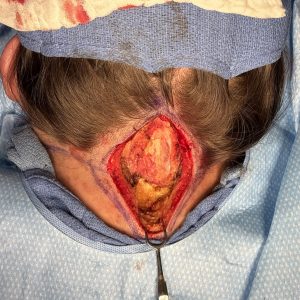
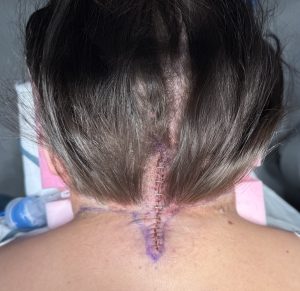
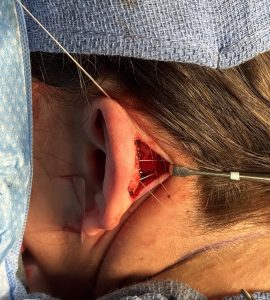
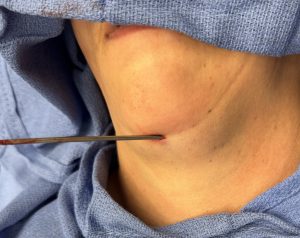
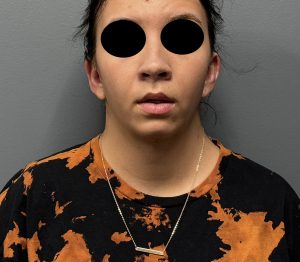
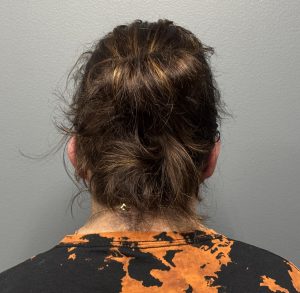
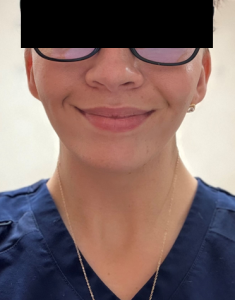
Key Points
1) Webbed neck patients often have a triad of deformities affecting the neck, ears and chin/neck which are embryologically connected.
2) During the webbed neck repair the setback otoplasty can be done from the same prone intraoperative position.
3) The chin deformity either requires an implant augmentation or submental liposuction or both.
Dr. Barry Eppley
World-Renowned Plastic Surgeon

